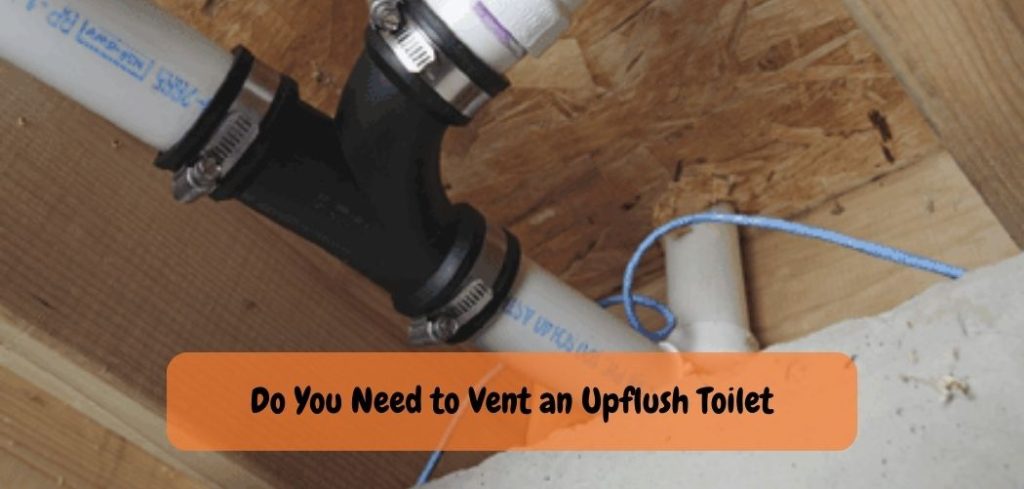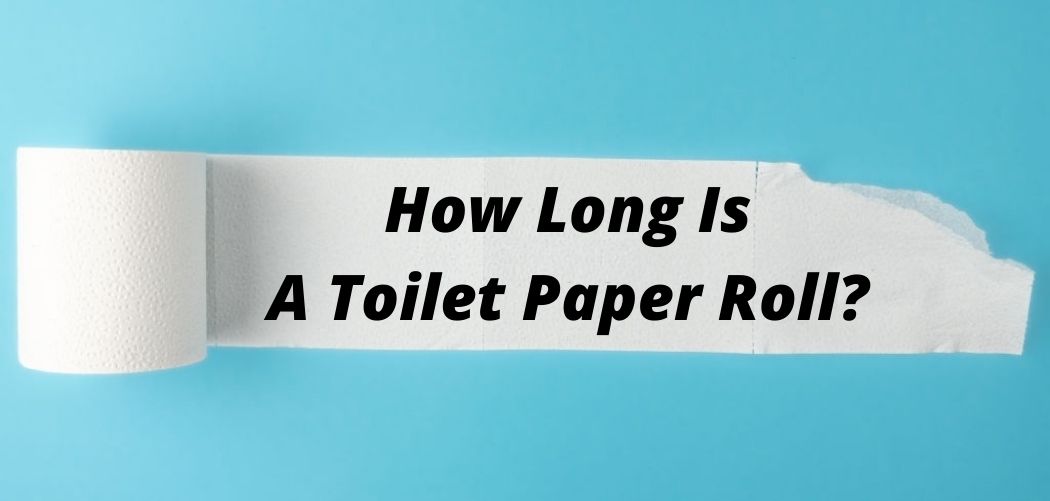An upflush toilet system, also known as a macerating toilet system, is a popular plumbing solution for homeowners and businesses who need to add a bathroom or toilet in a space where traditional plumbing is not feasible.
Unlike traditional toilets that rely on gravity to move waste through the plumbing system, upflush toilets use a macerator pump to grind waste and toilet paper into a fine slurry, which is then pumped up and out of the toilet bowl and into the main sewage line.
In this guide, we’ll explore the features and benefits of upflush toilet systems, how they work, and why they might be the right choice for your plumbing needs.
Features and Benefits of Upflush Toilet Systems:
Upflush toilet systems offer several features and benefits that make them an attractive plumbing solution, including:
- Easy installation: Upflush toilets do not require traditional plumbing connections, so they can be installed in spaces where a traditional toilet cannot be installed.
- Versatility: Upflush toilets can be installed in any room of a home or building, including basements, attics, and even closets.
- Cost-effective: Upflush toilets are often less expensive to install than traditional toilets because they do not require extensive plumbing work.
- Efficient: Upflush toilets use a low-flow system that uses less water per flush, which can help to conserve water and save money on utility bills.
- Reliable: Upflush toilet systems are designed to be durable and long-lasting, with a built-in macerator pump that can handle waste and toilet paper with ease.
Why Choose an Upflush Toilet System?
Upflush toilet systems are an excellent choice for homeowners and businesses who need to add a toilet or bathroom in a space where traditional plumbing is not feasible. They are easy to install, cost-effective, and efficient, making them a popular choice for many different types of properties.
Additionally, upflush toilet systems are reliable and long-lasting, with a built-in macerator pump that can handle waste and toilet paper with ease. Whether you are renovating a basement or adding a bathroom to a commercial property, an upflush toilet system might be the perfect solution for your plumbing needs.
Upflush Toilet Problems

If you have an upflush toilet in your home, you may be experiencing some problems with it. Here are some common issues that can occur with these toilets:
1. Clogs – If your upflush toilet becomes clogged, it can be difficult to clear the blockage. This is because the water pressure is not strong enough to push the waste through the pipes. You may need to use a plunger or a plumber’s snake to clear the clog.
2. leaks – Leaks can occur in any type of toilet, but they are more common in upflush toilets. This is because there is more water pressure in the system, which can cause seals and gaskets to fail. If you notice a leak, you should call a plumber to repair it.
3. Odors – Because wastes are flushed into a holding tank, odors can sometimes escape from the tank and into your home. To prevent this, make sure that your tank is sealed properly and that there is adequate ventilation around it.
Where Does the Waste Go in an Upflush Toilet?

An upflush toilet is a type of sewage treatment system that is commonly use in areas where traditional gravity-fed sewer lines are not available. Upflush toilets work by using a pump to force waste water and effluent up into a holding tank or leach field for treatment. So, where does the waste go in an upflush toilet?
When someone flush an upflush toilet, the waste and water are pump up into a holding tank. The holding tank is typically located above ground level, often in the attic or crawlspace of a home. From there, the treated effluent is then discharge into a leach field for further treatment before it eventually percolates back into the soil.
Do You Need to Vent an Upflush Toilet?

If you have an upflush toilet, you may be wondering if you need to vent it. The answer is yes! An upflush toilet needs to vented in order to work properly.
Without a vent, the toilet will not be able to flush properly and could cause sewage to back up into your home. If you are having trouble venting your upflush toilet, there are a few things you can try. First, make sure that the vent pipe is clear and unobstructed.
Second, check the seals around the vent pipe to see if they are tight and not leaking. Third, try using a higher quality or stronger vent pipe. fourth, If all else fails, you may need to call a plumber to help you troubleshoot the problem.
How Does an Upflush Toilet Work | Upflush Toilet Systems
Conclusion
Upflush toilet systems are a popular plumbing solution for homeowners and businesses who need to add a bathroom or toilet in a space where traditional plumbing is not feasible. They are easy to install, cost-effective, and efficient, and installed in any room of a home or building.
Additionally, upflush toilet systems are reliable and long-lasting, making them an excellent choice for many different types of properties. If you are considering adding a bathroom or toilet to your property, an upflush toilet system might be the perfect solution for your plumbing needs.










